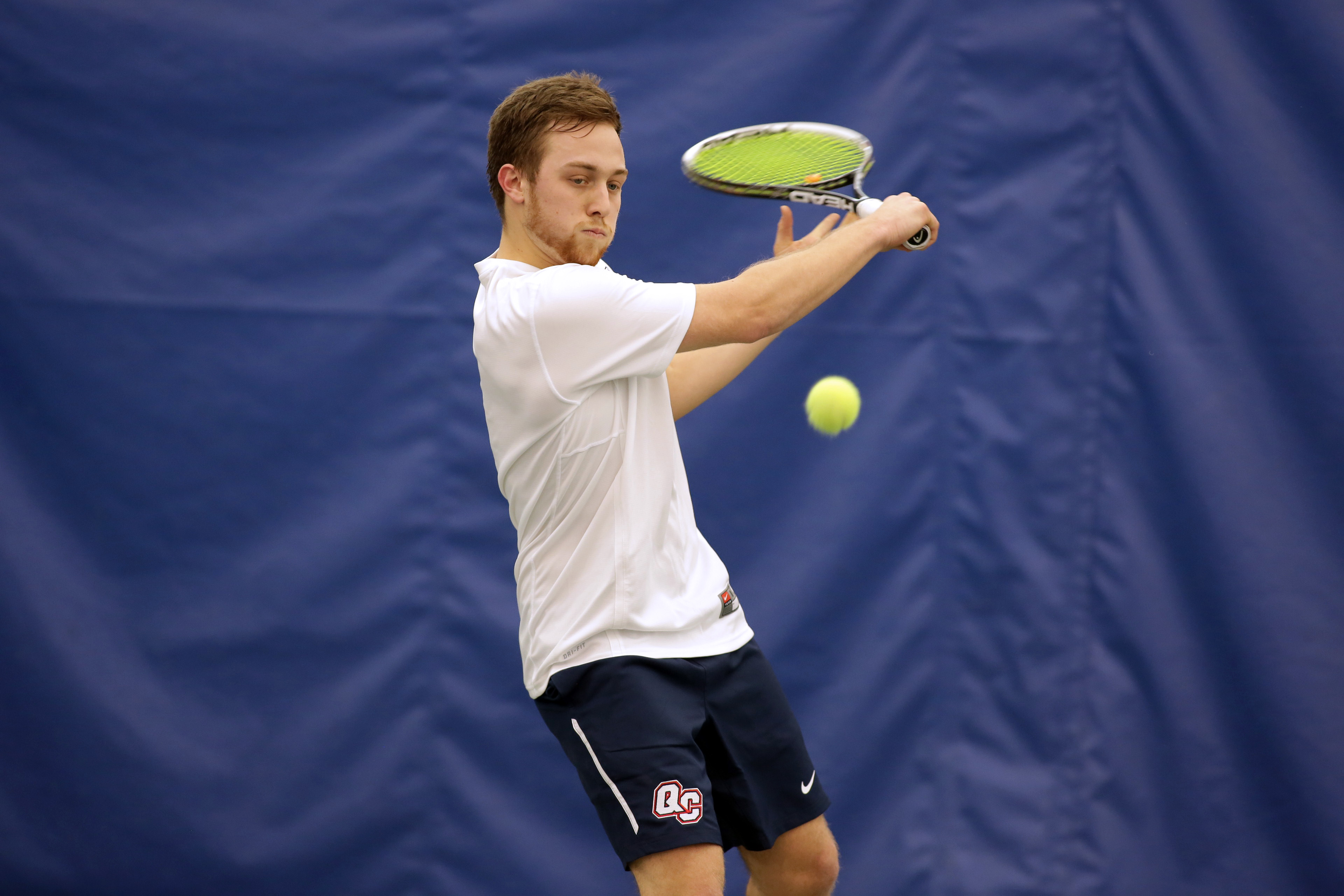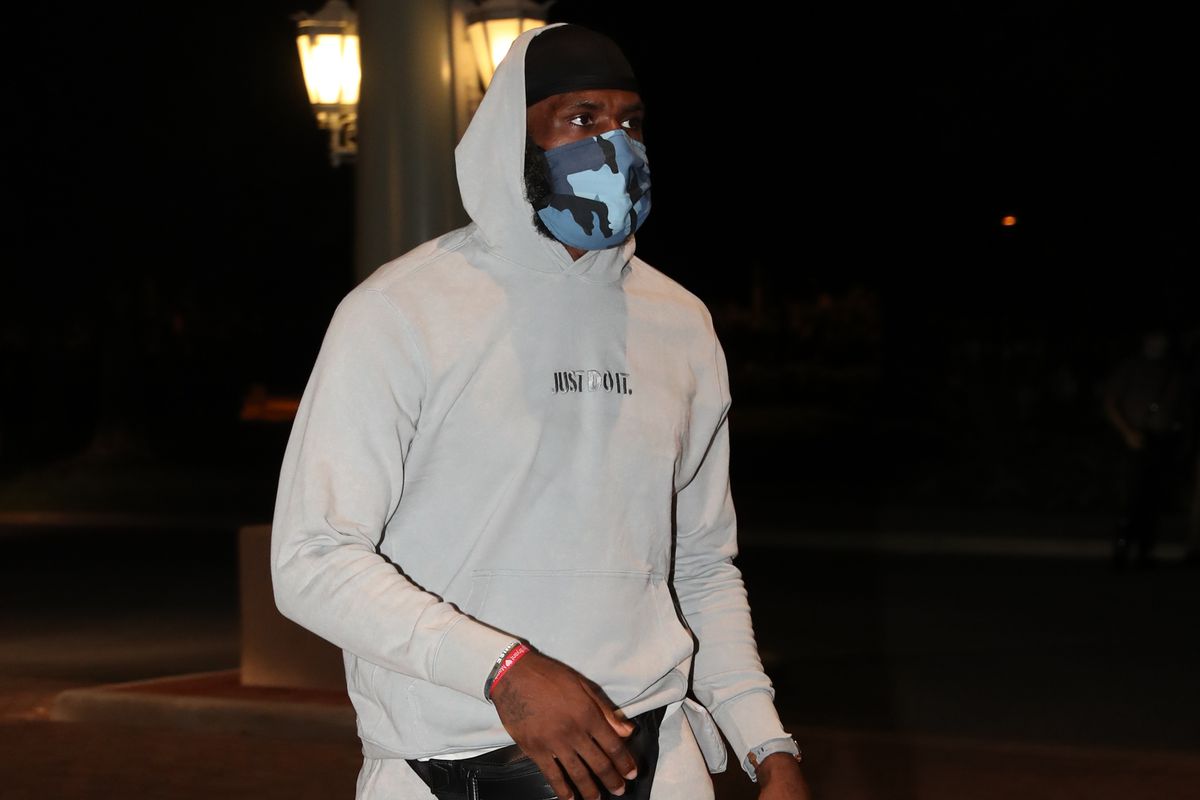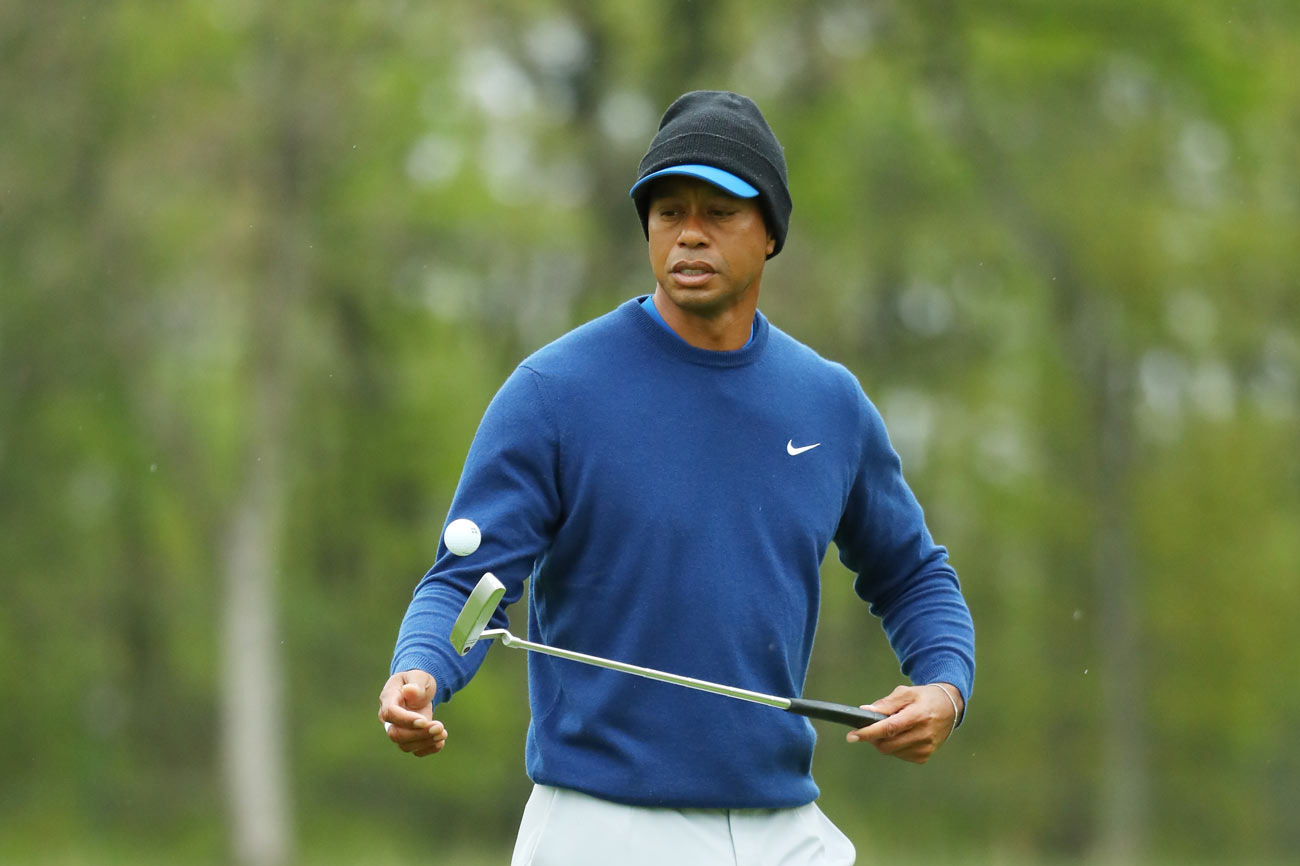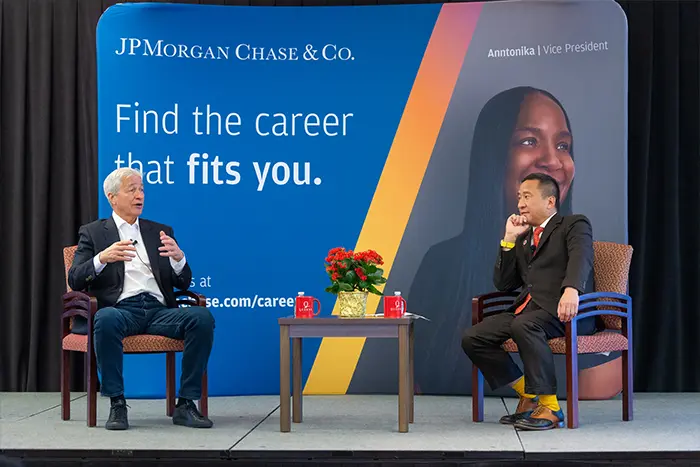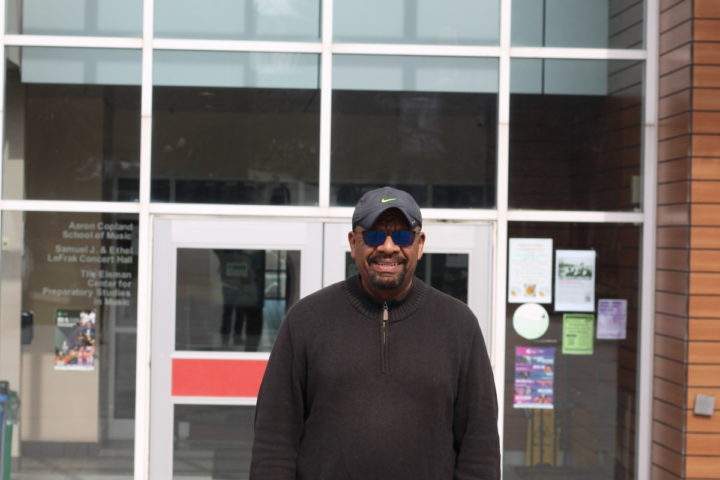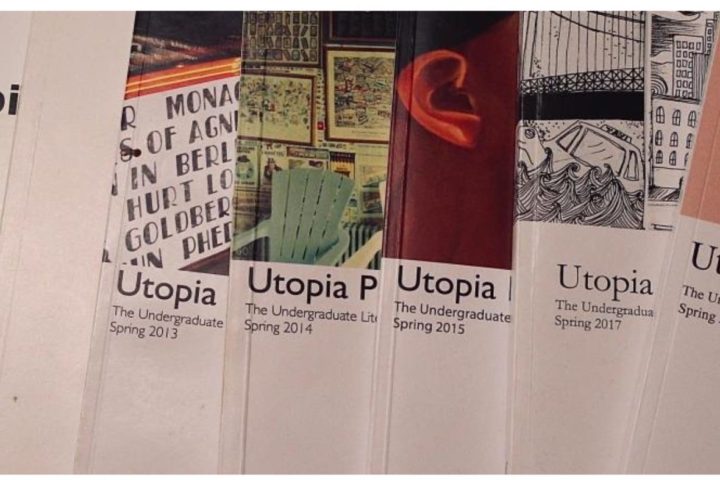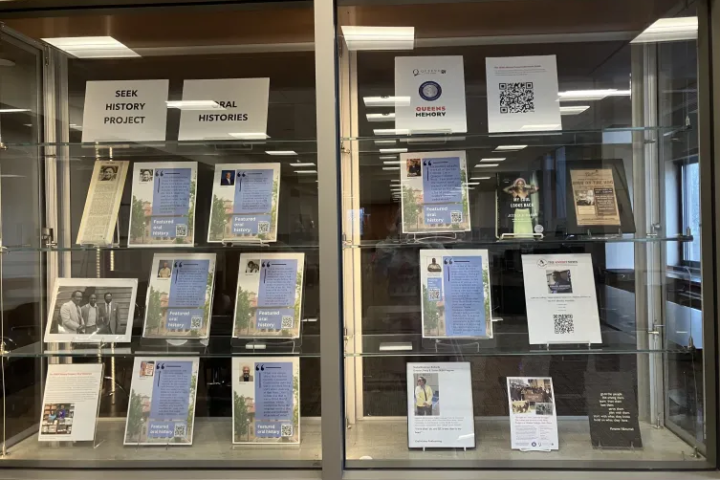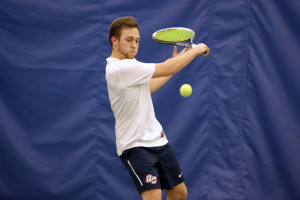
Queens College is known for its diverse culture on campus along with students from different nationalities and ethnicities.
In fact, according to data analyst Randy Olson, Queens County, where QC is located in, is the third most diverse county in the U.S. and the most diverse if Alaska and Hawaii are not counted.
Thus, it should come as no surprise the college’s sports teams reflect this diversity as they include a mix of individuals coming from a variety of cultural backgrounds. The men’s tennis team is one example of this with a diverse set of players.
Four players on team hail from different places around the globe. Sophomores Federico Toscano and Lucas Martinez are from Buenos Aires, Argentina. Meanwhile, sophomore Sharvill Nawghre and junior Ryan Frankel come from Nagpur, India, and Bournemouth, England, respectively.
It is not unusual for a team to include teams from around the world, but no player in the tennis team comes from the state of New York or even the U.S.
Sports like basketball, baseball and volleyball recruit differently than tennis. Recruiting local players and open tryouts usually are the methods used to fill the roster; however, tennis works differently with agents acting as representatives for players.
“Most players are transfers. They hear about the school and they email us but a lot is done through agents. Usually players hire agents who, at times, know the coaches and will contact us regarding a player they believe we will be interested in,” Somadi Druker, head coach of the men’s tennis team, said. “We work with so many agents that usually those agents have a good feeling about the type of players we would be interested in.”
Druker herself taught tennis professional at Norman McCarthy Tennis Group at Cape Town, South Africa. It is known as one of the top academies in South Africa.
Regardless, meeting with agents is only half of the process in recruiting such players.
“From there we watch videos. There aren’t really interviews so much because they live so far so it’s mostly word of mouth,” Drunker said.
From there, the videos of these players are observed closely by the staff, although more is done afterward.
“It’s not just the video, we also check to see how they’ve done in school and if there are any red flags. From there, we check whom they’ve played with and practiced with and the type of competition they’ve played against,” Fabio Minami, volunteer assistant coach for the men’s team, said. “We also try to reach out to other coaches that are able to give us a good breakdown of that player.”
Playing tennis in a whole new environment is something the players must learn. The difficult part, however, comes from adjusting to life in the U.S and feeling comfortable.
Both Somadi and Minami understand the struggles that come with this new adjustment so their reach goes far beyond the tennis court.
“We’re like mom and dad because we’re the closest they have from home. We all try to be very close because we are their second family,” Somadi said.


